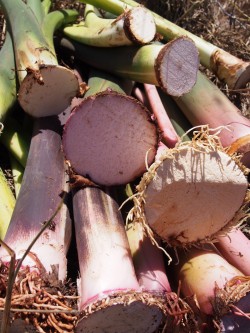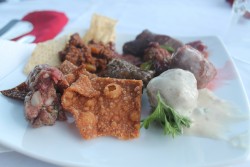Swarm Season is Here
Community Contributed
By Elisabeth Kaneshiro, Molokai Meli
Here at Molokai Meli, in addition to producing local honey, we also help residents and businesses with bee removal. We have had a lot of calls for removals and have seen the bees moving around. Honey bees swarm when the hives are getting too big and need more space. The rain causes the bees to swarm more often because the bees are bringing more nectar so the hive grows. The bees make a new queen and take a big group with the old queen and leave. These often look like a big cloud. They send out the scout bees to go and look for a new home.…












